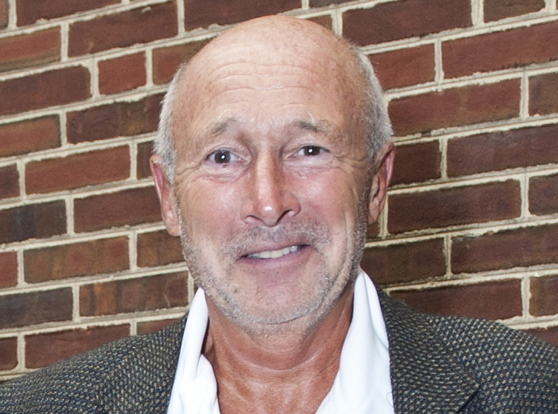Edmond D. Villani
Edmond D. Villani is chair of the Advisory Board of the Penn Institute for Economic Research (PIER). He spent much of his career at Scudder, Stevens & Clark, one of America's oldest and largest global asset management firms, rising to the role of chief executive officer in 1996.
As chief executive officer of Scudder, Stevens & Clark, Ed Villani led one of America's oldest and largest global asset management firms, with more than $600 billion under management. He began there in 1974 as an in-house economist and went on to play vital roles such as chief economist, chief investment officer, and president until becoming CEO in 1996. He later guided the firm through mergers with Zurich Insurance Group and Deutsche Bank, staying on as vice chair of North American asset management until 2005.
A lover of mathematics and statistics, Villani was drawn to Penn's economics department because of its strong reputation in econometrics. While learning from economics professors like Nobel laureate Lawrence Klein, he began to appreciate the key role finance plays in an economy, and he took advantage of Penn's academic breadth by adding finance courses to his econometrics work in order to deepen his understanding. His resulting dissertation was an econometric model of the determinants in the development costs in the chemical industry. He earned his Ph.D. in economics in 1973, having received a B.A. in mathematics from Georgetown University in 1968.
Today, Ed divides his time between Tuscany, where he tends a small vineyard and olive grove, and New York. He feels very fortunate that he can now give something back to the educational institutions that played a formative role in his development. Until recently, he was a member of the Board of Trustees of Georgetown University, where he served as chair for seven years. At Penn, he is chair of the Advisory Board of the Penn Institute for Economic Research and a former member of the Economics Visiting Committee. He enthusiastically supports the department and is pleased to see such positive interaction between students and faculty. “It's the way graduate school should be,” he says.
